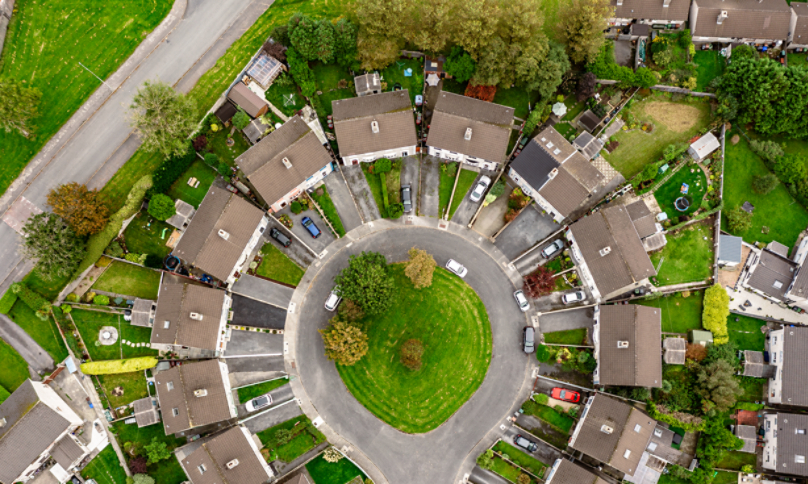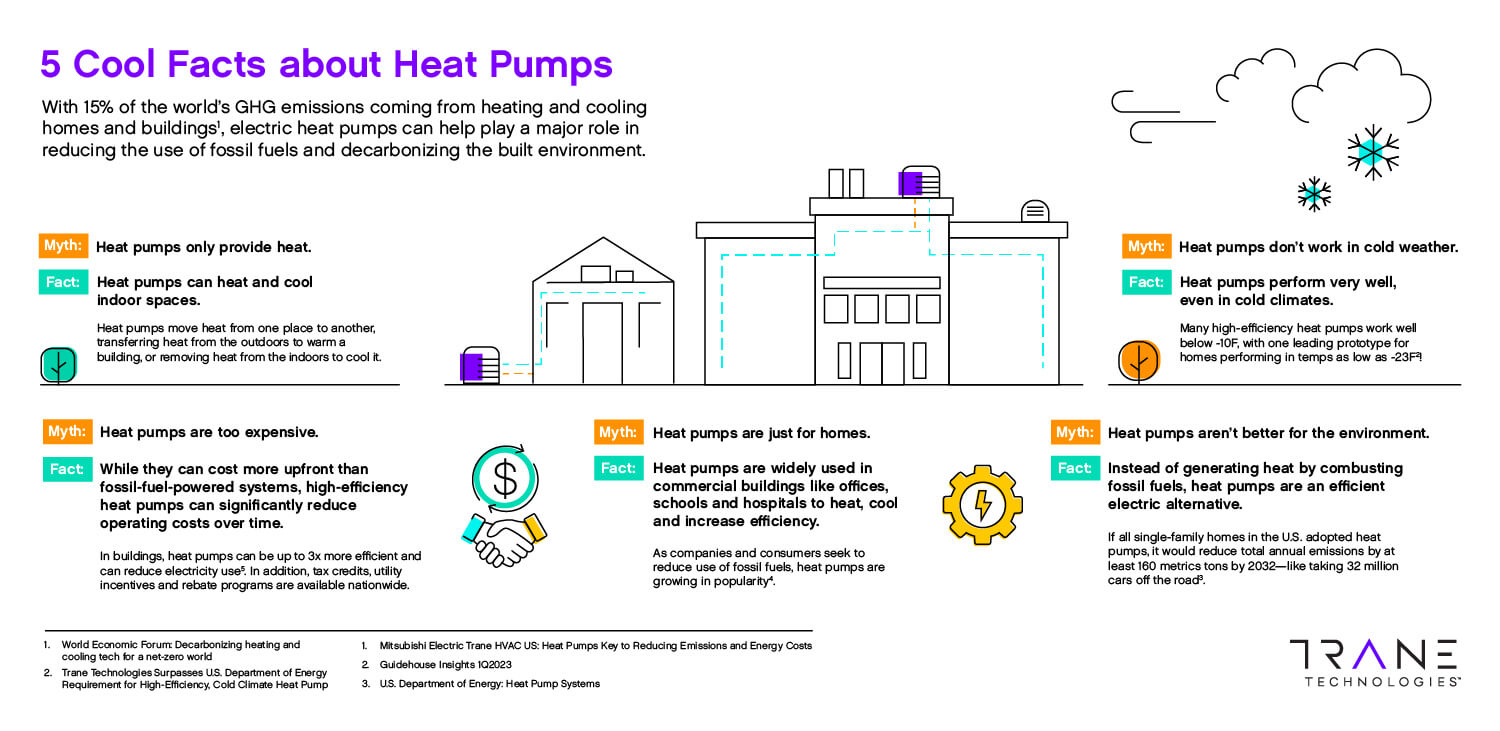
Our EnvironmentArticle
Ask the Engineer: Three Priorities for More Sustainable Living
July 03, 2023
One of our top engineers shares her perspective on the role of homes in leading more sustainable lives.

Our EnvironmentArticle
July 03, 2023
One of our top engineers shares her perspective on the role of homes in leading more sustainable lives.
Challenging what’s possible means empowering experts and innovators to lead by example and share their expertise with others.
Katie Davis is one of those innovators. She has more than 20 years of experience in various engineering and leadership roles in manufacturing, most recently as the lead engineer for the Trane Residential HVAC business. She loves helping her team grow and solve complex problems, like developing climate technology that helps fight climate change. She also has 10 Huskies and maintains excellent air quality in her home, which we think qualifies her as an expert on sustainable living.
We asked Katie about her vision of sustainable living—as an engineer and a homeowner—and here is what she shared:
In my role in the residential HVAC business, I'm focused on creating a vision of sustainable living for people in their homes. To make this vision a reality, we're working on three key areas that can revolutionize how we heat and cool our homes, especially if these advancements are widely adopted:
Heat pumps have actually been around for quite some time. We started developing and improving this technology back in the 1960s. But many people still don't fully understand how they work and the fact that they can both heat and cool spaces.
Let's clear up some misconceptions. Heat pumps operate by transferring heat from one place to another, rather than generating heat themselves. This means they can extract heat from the outdoor air, even in freezing temperatures, and bring it inside to warm up your home during the winter. But here's the interesting part: heat pumps can also work in reverse to cool your home during the summer months.
During the cooling process, the heat pump works in reverse. It extracts heat from the indoor air, turning the refrigerant into a gas, and sends it outside, where the heat is released into the outdoor air. This leaves the indoor air cooler and more comfortable.
It's important to note that heat pumps are not only efficient but also more environmentally friendly. By using electricity as the direct energy source instead of burning fossil fuels, they can help reduce carbon dioxide emissions associated with traditional heating and cooling systems. Plus, as electricity generation increasingly shifts to renewable sources, such as solar and wind power, heat pumps become even greener.
An exciting area of innovation is the development of cold climate heat pumps, with recent breakthroughs that allow cold climate heat pumps to operate efficiently even at extremely low temperatures. In a recent field trial in Idaho, our system operated effectively at -23 degrees Fahrenheit (-30.5 degrees Celsius). This innovation enables homeowners to stay warm during harsh winter conditions while minimizing their environmental impact.
We always have our eyes on the future. Our focus is on accelerating innovations that will make homes more environmentally friendly and comfortable, both now and for the long run. By improving system efficiency, using more sustainable refrigerants, and advancing the use of electric solutions, we're helping homeowners save money on energy while increasing their role in making the world a better place for future generations. It's a win-win for everyone.

Recommended for you
Our Environment Article
A New Way to Lead in Sustainable Business: Regenerative ImpactSeptember 18, 2023
Catalyzing collective action to generate inclusive growth
Our Environment Article
Why Breaking Down Energy Silos is the Key to DecarbonizationJuly 14, 2023
Innovative heat pump technology and electrified thermal management systems are set to become game-changers in the way commercial buildings are managed. But to get the most out of these technologies, we have to change our mindset and break down silos around heating and cooling.
Our Environment Article
A Vision and Roadmap for a Net-Zero FutureJune 19, 2023
The road to a net-zero future is paved with uneven milestones and few signposts, but getting there is possible with the right roadmap and vision.
Our Environment Article
The Cool Thing about Heat PumpsJune 12, 2023
With 15% of the world’s GHG emissions coming from heating and cooling homes and buildings, electric heat pumps can help to play a major role in reducing the use of fossil fuels and decarbonizing the built environment.